Reconstruction of PC Display from Common-Mode Noise Emitting on Electrical Power Line
Abstract
1. Introduction
2. Measurement System Set-Up
3. Common-Mode Noise and Signal Processing Method for Reconstruction of PC Display
3.1. Measurement of Common-Mode Noise
3.2. Reconstruction of PC Display-Image
3.2.1. Examination on Undesired Beats Accompanying with the Common-Mode Noise
3.2.2. Signal Processing Method for Reconstruction of PC Displayed Image
4. Experimental Results
4.1. Elimination of Undesired Beat from Common-Mode Noise for the Three One-Dot Vertical Lines
4.2. Reconstruction of a Character String
5. Conclusions
Author Contributions
Conflicts of Interest
References
- Xu, D.; Xu, S.; Chen, G. High-speed low-power and low-power supply voltage dynamic comparator. Electron. Lett. 2015, 51, 1914–1916. [Google Scholar] [CrossRef]
- Nasr, B.; Wang, D.; Kruk, R.; Rösner, H.; Hahn, H.; Dasgupta, S. High-Speed, Low-Voltage, and Environmentally Stable Operation of Electrochemically Gated Zinc Oxide Nanowire Field-Effect Transistors. Adv. Funct. Mater. 2013, 23, 1750–1758. [Google Scholar] [CrossRef]
- Neag, M.; McCarthy, O. High speed, low-power CMOS voltage buffers. In Proceedings of the International Semiconductor Conference, Sinaia, Romania, 6–10 October 1998; pp. 175–180. [Google Scholar]
- Bisognin, P.; Pelissou, P.; Cissou, R.; Giniaux, M.; Vargas, O. High speed link radiated emission reduction. In Proceedings of the ESA Workshop on Aerospace EMC, Valencia, Spain, 23–25 May 2016; pp. 1–4. [Google Scholar]
- Wu, T.L.; Lin, Y.H.; Wang, T.K.; Wang, C.C.; Chen, S.T. Electromagnetic bandgap power/ground planes for wideband suppression of ground bounce noise and radiated emission in high-speed circuits. IEEE Trans. Microw. Theory Tech. 2005, 53, 2935–2942. [Google Scholar]
- Stocksreiter, W.; List, H.; Berger, H.; Weis, G.; Krenn, M.; Engel, G. Electromagnetic Emissions in High Density and Fast GaN Switched Half Bridges with Resonance Filter Structures. In Proceedings of the International Exhibition and Conference for Power Electronics, Intelligent Motion, Renewable Energy and Energy Management, Nuremberg, Germany, 10–12 May 2016; pp. 2151–2158. [Google Scholar]
- Amemiya, F.; Hattori, M. Overview of international standardization on electromagnetic immunity requirements for telecommunications equipment. NTT Rev. 1997, 9, 14–19. [Google Scholar]
- Senda, M.; Ishii, O.; Mori, T. Application to an EMI noise filter of a high-loss CoZrNb/SiO2 multilayer film. IEEE Transl. J. Magn. Jpn. 1994, 9, 78–83. [Google Scholar] [CrossRef]
- Mori, T.; Senda, M. EMI noise reduction tape containing magnetic-alloy film. IEICE Trans. Commun. 2000, E83-B, 600–607. [Google Scholar]
- Eck, M.V. Electromagnetic radiation from video display units: An eavesdropping risk? Comput. Secur. 1985, 4, 269–286. [Google Scholar]
- Kuhn, M.G.; Anderson, R.J. Soft tempest: hidden data transmission using electromagnetic emanations. In Information Hiding 1998, Lecture Notes in Computer Science; Springer: Berlin, Germany, 1998; Volume 1525, pp. 200–210. [Google Scholar]
- Kuhn, M.G. Optical time-domain eavesdropping risks of CRT displays. In Proceedings of the IEEE Symposium on Security and Piracy, Berkeley, CA, USA, 12–15 May 2002; pp. 3–18. [Google Scholar]
- Sekiguchi, H.; Tanaka, H.; Seto, S.; Yamamura, A. A study of the reconstruction of display image on a PC’s monitor by unintentional electromagnetic emanation, emanated electromagnetic signal measurement method and reconstructed display image using measured signal emanation. IEICE Tech. Rep. 2005, ISEC2005-97, 53–58. [Google Scholar]
- Yuichi, H.; Naofumi, H.; Mamoru, M.; Takafumi, A.; Hideaki, S. A Threat for Tablet PCs in Public Space: Remote Visualization of Screen Images Using EM Emanation. In Proceedings of the ACM SIGSAC Conference on Computer and Communications Security, Scottsdale, AZ, USA, 3–7 November 2014; pp. 954–965. [Google Scholar]
- Yasunao, S.; Masao, M.; Kimihiro, T. Countermeasure Technique for Preventing Information Leakage Caused by Unintentional PC Display Emanations. In Proceedings of the International Symposium on EMC, Kyoto, Japan, 20–24 July 2009; pp. 9–12. [Google Scholar]
- Song, T.L.; Jeong, Y.R.; Yook, J.G. Modeling of leaked digital video signal and information recovery rate as a function of SNR. IEEE Trans. Electromagn. Compat. 2015, 57, 164–172. [Google Scholar] [CrossRef]
- Ideguchi, K.; Koga, H.; Shimoshio, Y.; Ueda, N. Electromagnetic Noise Problem and Countermeasure Techniques; Morikita: Tokyo, Japan, 1997; pp. 29–30. [Google Scholar]


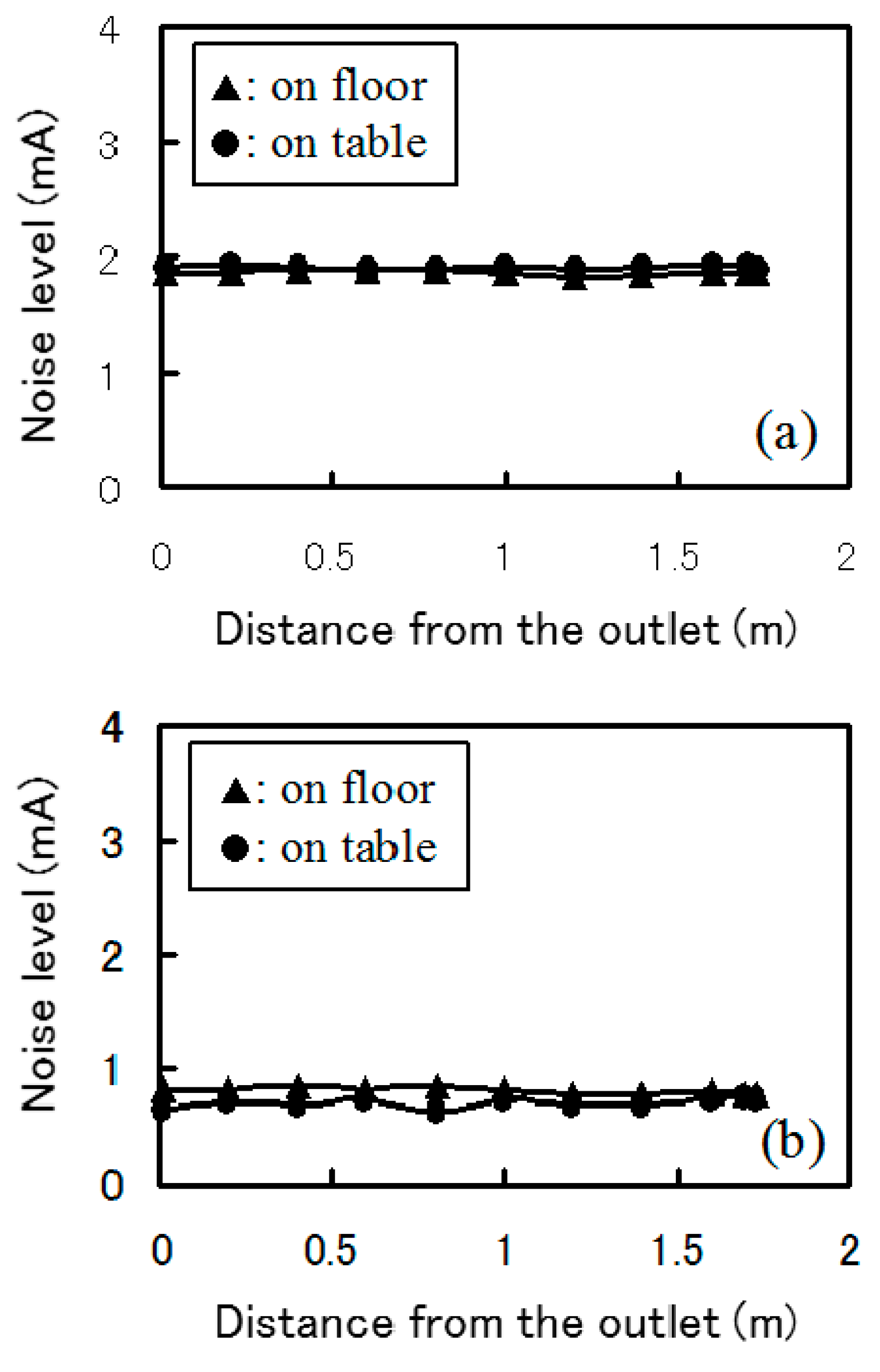

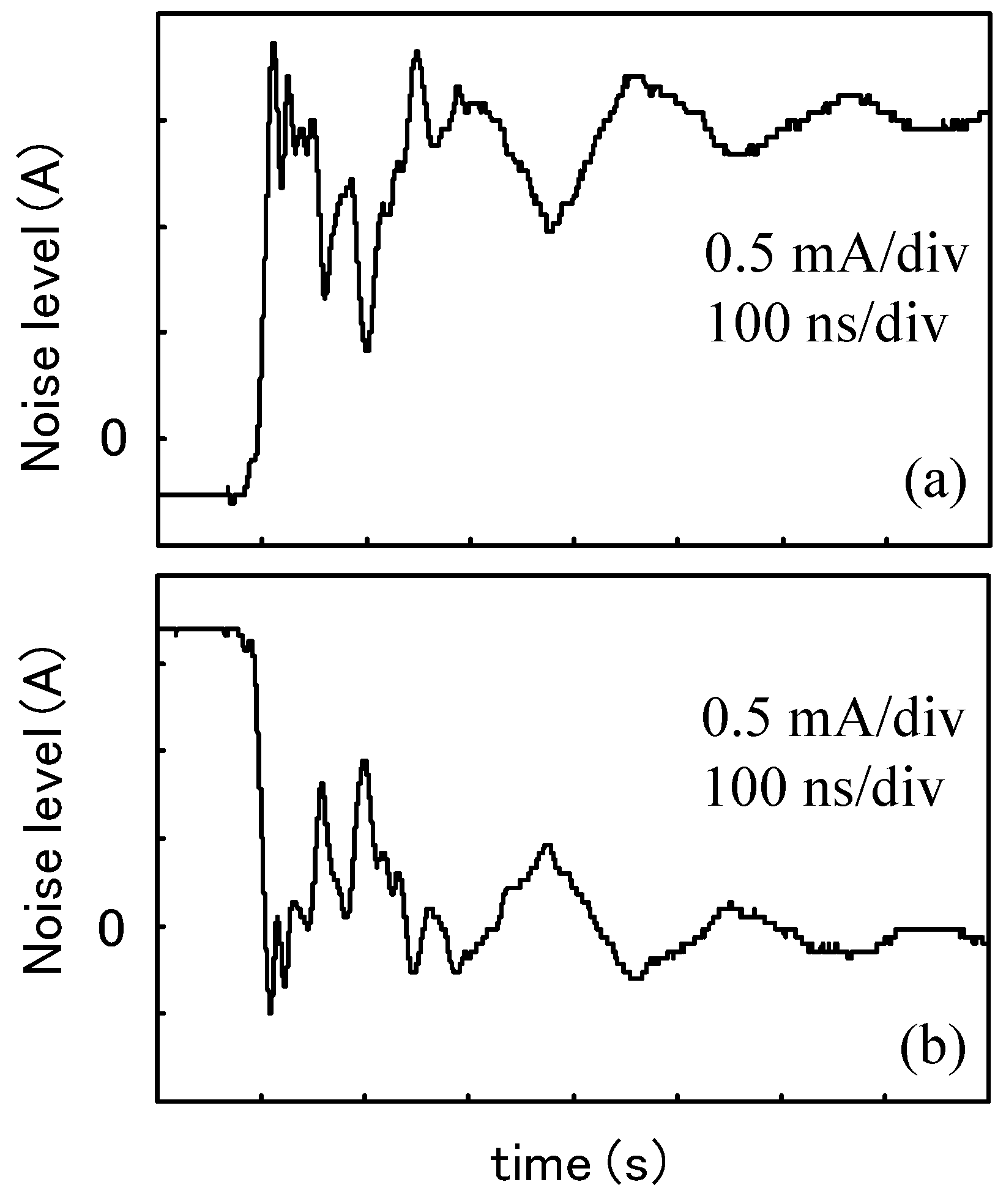
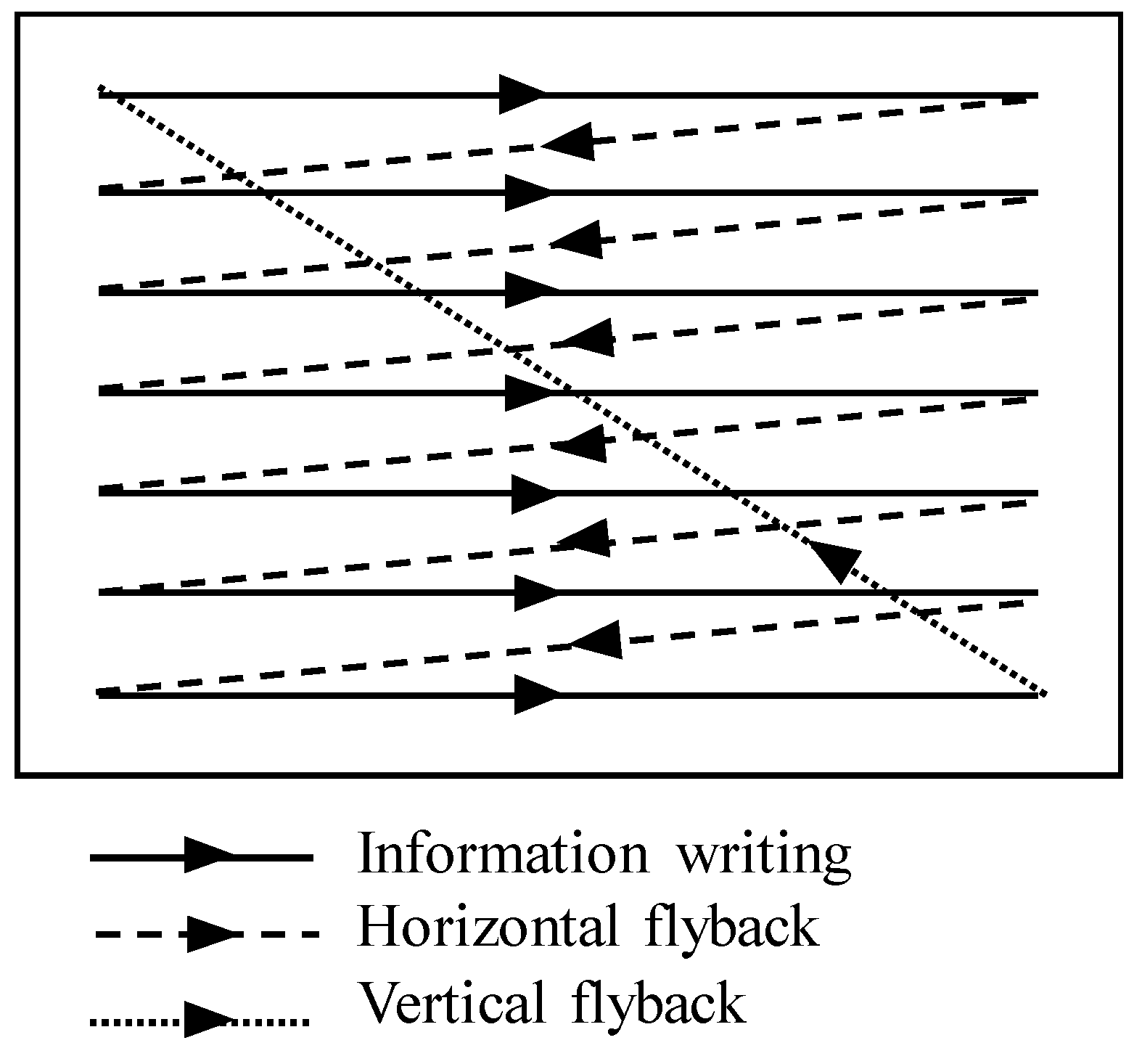

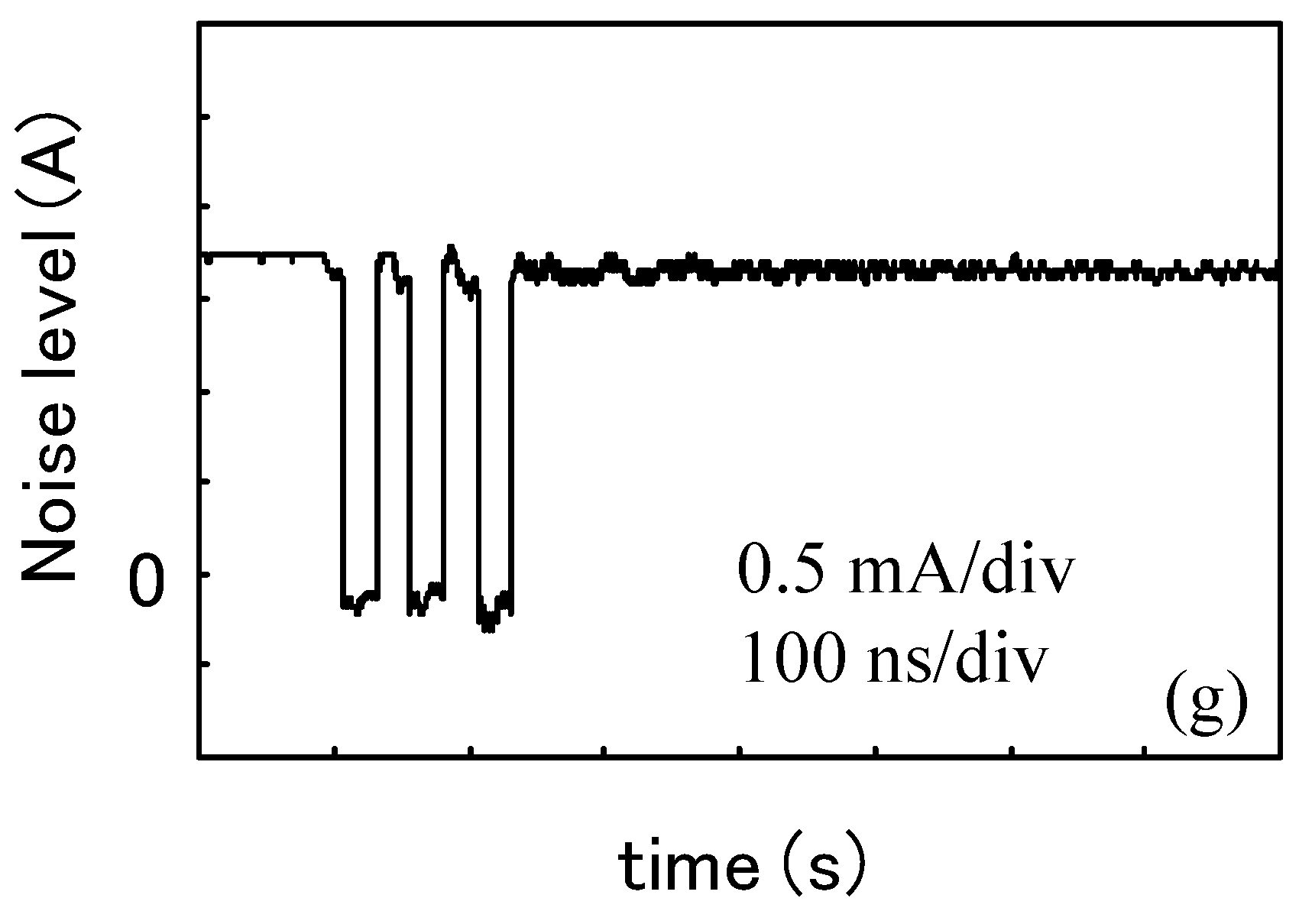



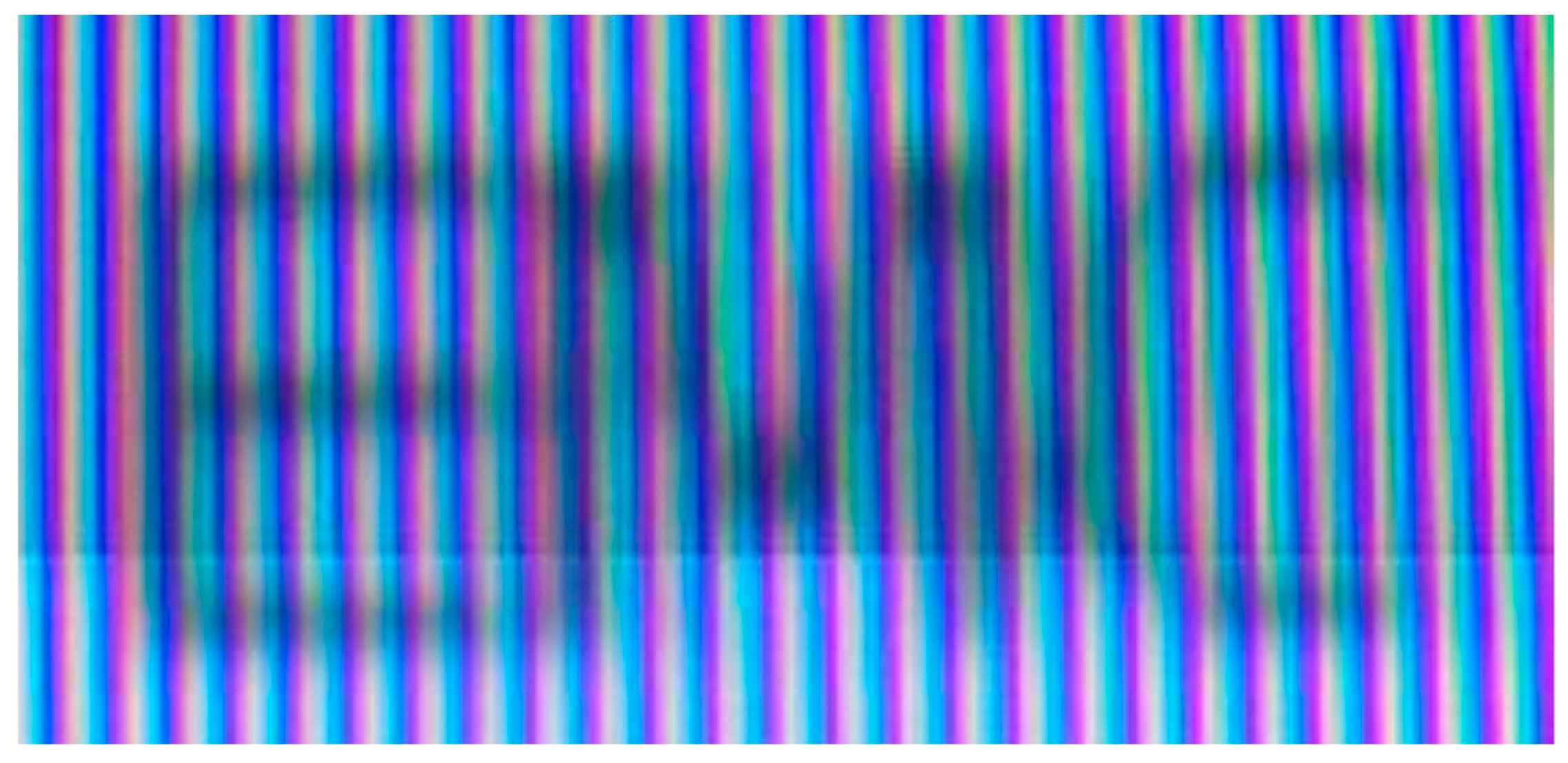
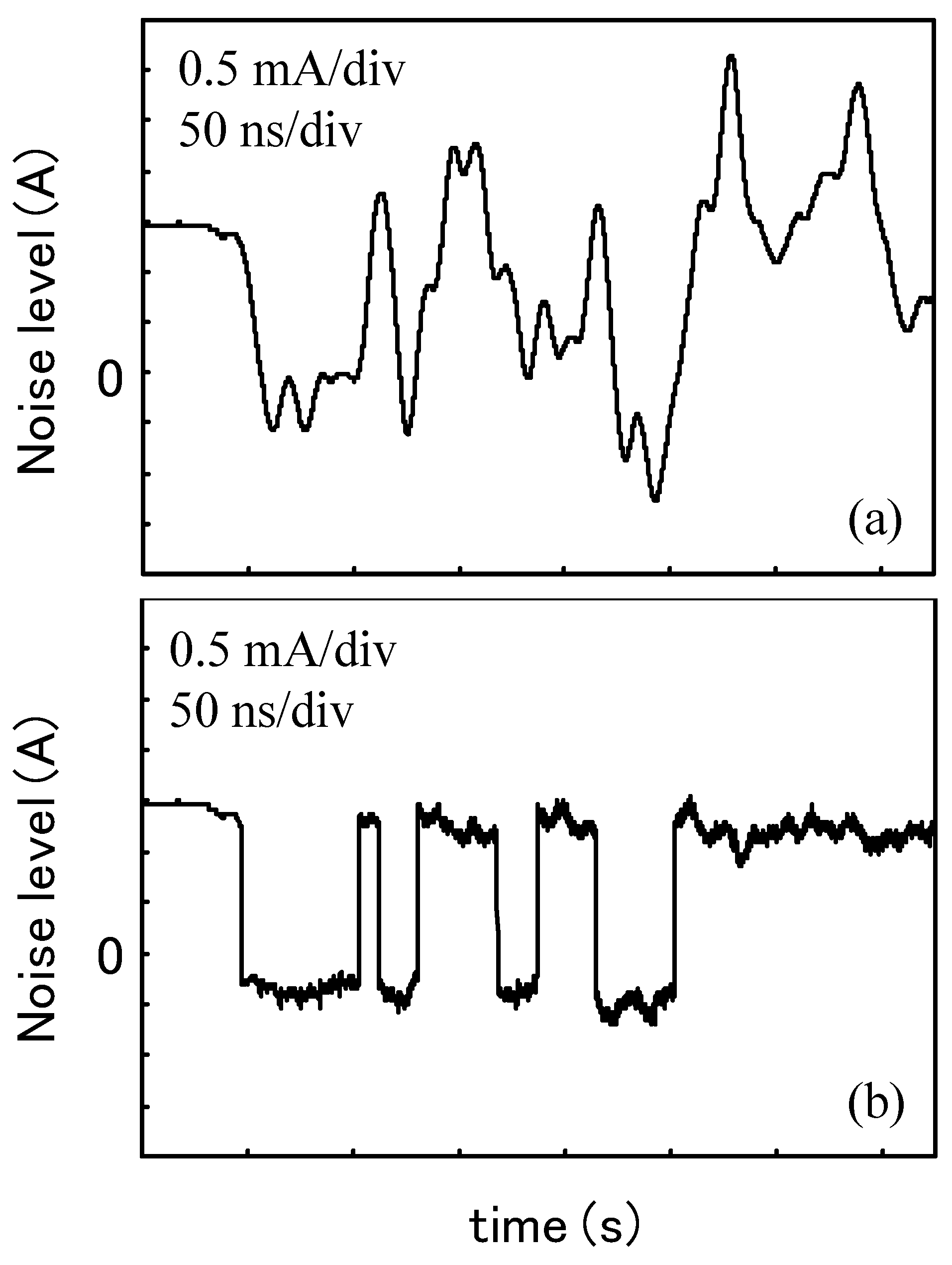

© 2019 by the authors. Licensee MDPI, Basel, Switzerland. This article is an open access article distributed under the terms and conditions of the Creative Commons Attribution (CC BY) license (http://creativecommons.org/licenses/by/4.0/).
Share and Cite
Nguyen-Van, T.; Senda, M. Reconstruction of PC Display from Common-Mode Noise Emitting on Electrical Power Line. Appl. Sci. 2019, 9, 2328. https://doi.org/10.3390/app9112328
Nguyen-Van T, Senda M. Reconstruction of PC Display from Common-Mode Noise Emitting on Electrical Power Line. Applied Sciences. 2019; 9(11):2328. https://doi.org/10.3390/app9112328
Chicago/Turabian StyleNguyen-Van, Triet, and Masakatsu Senda. 2019. "Reconstruction of PC Display from Common-Mode Noise Emitting on Electrical Power Line" Applied Sciences 9, no. 11: 2328. https://doi.org/10.3390/app9112328
APA StyleNguyen-Van, T., & Senda, M. (2019). Reconstruction of PC Display from Common-Mode Noise Emitting on Electrical Power Line. Applied Sciences, 9(11), 2328. https://doi.org/10.3390/app9112328





